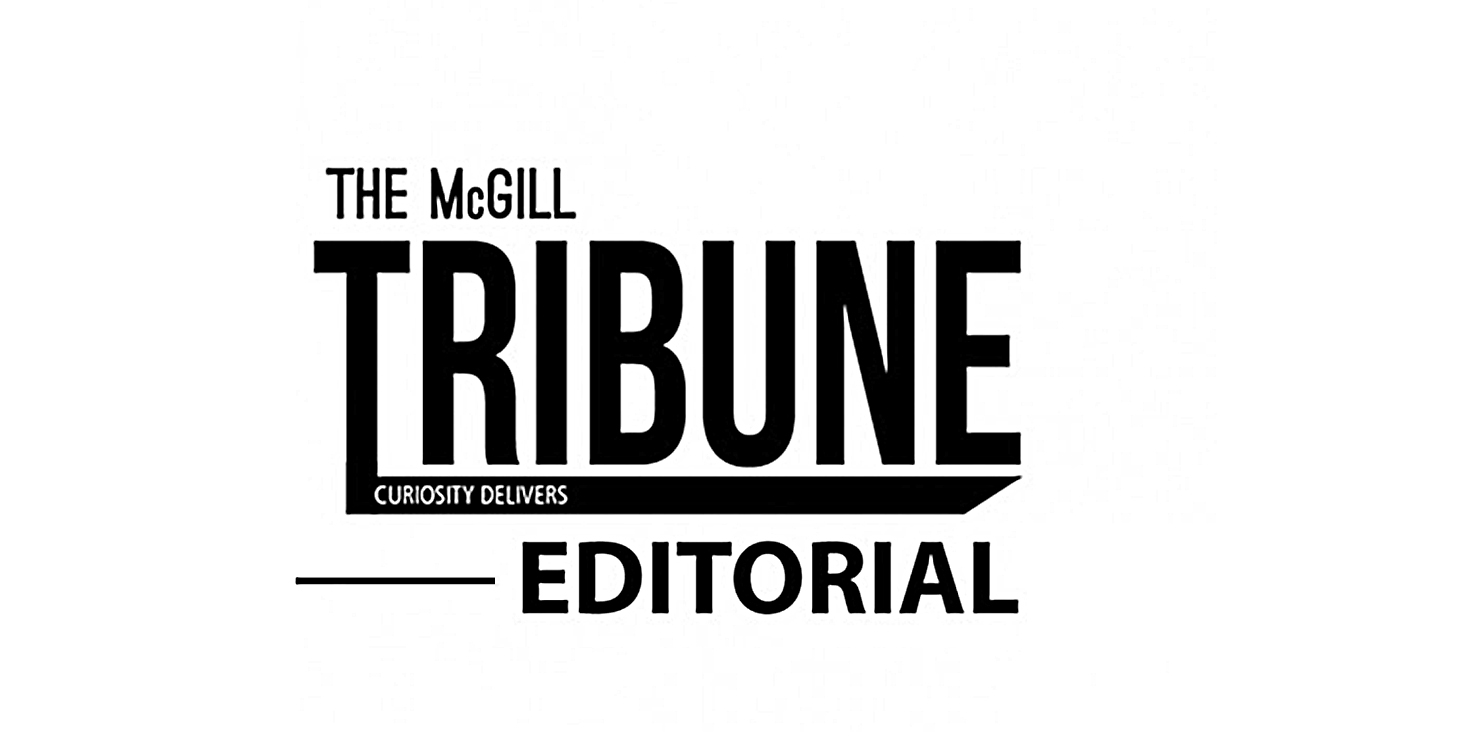Last week, the Justice Centre for Constitutional Freedoms (JCCF) issued a report on the state of campus free speech in 2012, in which the Calgary-based libertarian think-tank examined the degree and limits to free speech at Canadian universities. The overwhelming majority of schools in the report received failing grades. McGill’s administration received a D, while the Students’ Society of McGill University (SSMU) received an F. Such low grades warrant further examination. While the report covers a series of topics, its authors seemed to take particular issue with McGill’s Safe Space policy.
The Tribune finds this preoccupation surprising. Though a number of issues raised in the report merit a closer look, McGill’s support for Safe Spaces—inclusive environments which discourage sexist, racist, and homophobic expression—is not one of them. According to the report, McGill’s Safe Space policy limits the speech of those who use terms deemed ‘offensive.’ While this sort of negative reinforcement may restrict the speech of students who choose to use certain hurtful terms, the Tribune believes that Safe Spaces offer an important element to the discourse on campus—they provide context and a sense of inclusion. They certainly do not pose a threat to freedom of speech in the way that the administration’s Provisional Protocol or SSMU’s Equity Policy may.
[pullquote]To cite Safe Spaces as a major source of repression of free speech conveys a false sense of conflict and oppression.[/pullquote]
The Equity Policy, which limits freedom of speech by the ambiguous marker ‘progressive,’ has far heavier consequences than Safe Spaces do. While students may be reprimanded for using hurtful or offensive terms in a Safe Space, they are not prevented from expressing dissent. The Equity Policy, on the other hand, could lead to a withdrawal of funds from groups and individuals that do not align with SSMU’s idea of ‘progressive’ that year. There has already been at least one instance of this, as outlined in the report.
Overall, the report sensationalizes an issue that has not been pressing on campus. To cite Safe Spaces as a major source of repression of free speech conveys a false sense of conflict and oppression.
This editorial board does not believe that free speech has been significantly repressed by limitations placed on hurtful or discriminatory terms. This newspaper is free to publish material written by its editors and contributors. That our content is mindful of many of the same rules as those found in Safe Spaces does not mean that the Tribune feels coerced. Rather, we are glad to be a part of a community that fosters discourse about the realities faced by the few.
Programs like Safe Space do not exacerbate tensions on campus, they alleviate them. The purpose of the program is to educate people on what others may find offensive. Rather than enforcing a rigid standard for what students can and cannot say, Safe Space cultivates an atmosphere of acceptance.
Although the report expressed some legitimate concerns regarding SSMU’s Equity Policy, as well as the undue limits on free expression imposed on our community by the administration’s Provisional Protocol, its criticism of Safe Spaces is both unfounded and wholly misguided. To lump it in alongside the Provisional Protocol, and more serious violations of freedoms of speech and assembly bespeaks a severe misunderstanding about free speech on the part of the JCCF. This kind of sensational reporting begets hostility, not the other way around.










“This editorial board does not believe that free speech has been significantly repressed by limitations placed on hurtful or discriminatory terms.”
Choose Life’s tumultuous relationship with SSMU indicates otherwise.
I believe that’s what they’re referring to here: “The Equity Policy, on the other hand, could lead to a withdrawal of funds from groups and individuals that do not align with SSMU’s idea of ‘progressive’ that year. There has already been at least one instance of this, as outlined in the report.”
Fair enough, but why is the emphasis of the editorial on the report’s coverage of Safe Spaces versus the more clear-cut threats to free speech?